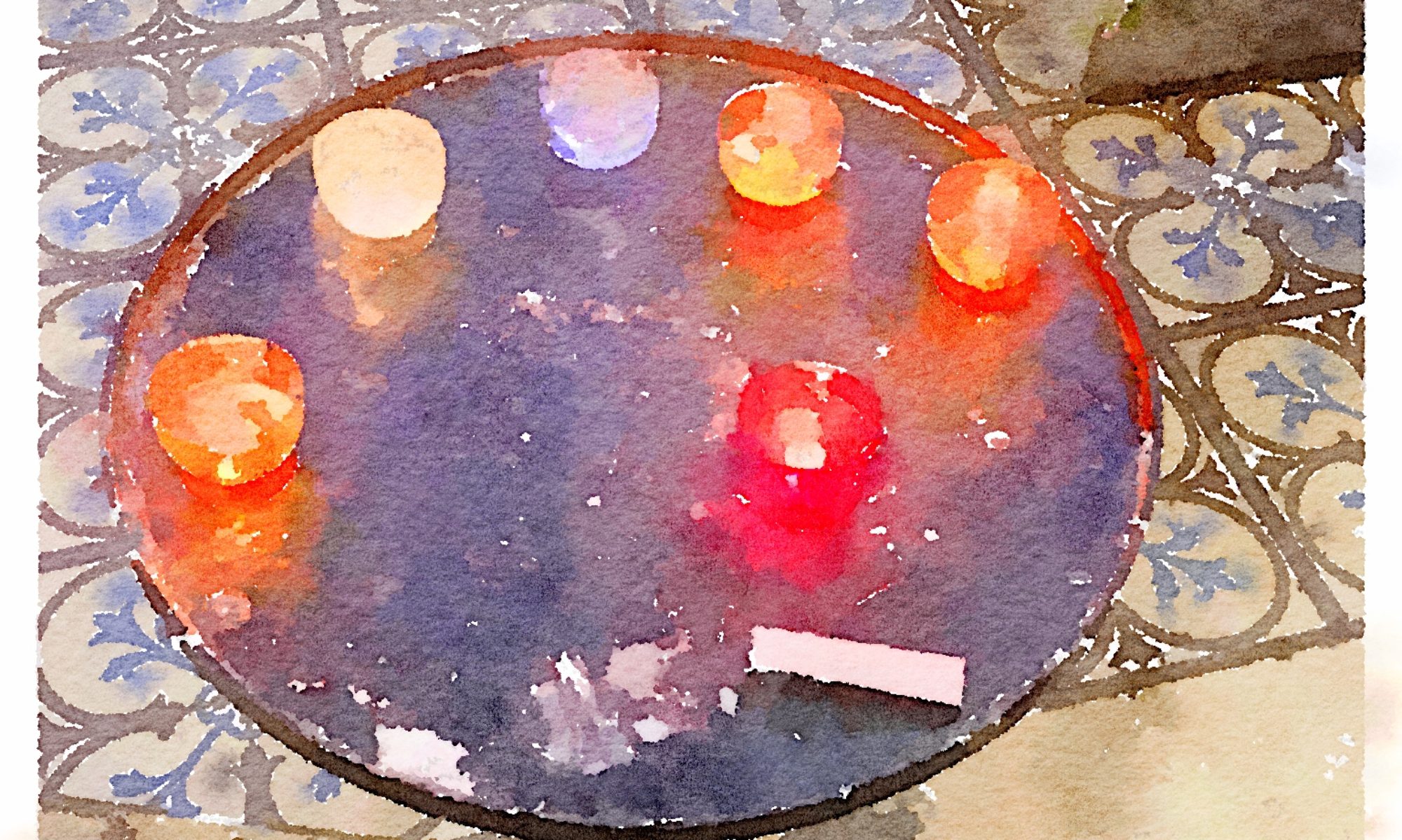@ashlyluster51
Profile
Registered: 3 years ago
Replacement Windows one zero one
Windows come in all styles, types, shapes and sizes, but unless you’re building a new house, the entire above are largely predetermined. There are after all some exceptions. Maybe a previous houseowner replaced the original windows with units which are historically inappropriate or inferior. Or possibly you’re adding a family room on the back of the house, the place it would be okay to deviate from the double hung windows in the entrance; in this situation, you may determine to use casements. Generally a houseowner will want to enhance or lower the scale of the window being changed, however in case you’re like most houseowners, the real choices will have more to do with energy-saving features and ease of maintenance.
Replacement Window Glazing
With regard to energy saving, the primary thing to deal with is glazing. Environment friendly home windows typically have layers of glass and are called twin-pane or double-pane. The small gap between the glass layers creates a barrier to heat flow, which may be enhanced with an additional layer of glass (two separate insulating chambers), in which case it’s called triple-glazed. The hole or gaps between layers of glazing are often filled with a gas that additional reduces heat flow by conduction. Argon and Krypton, or a mix thereof, are commonly used gas fills.
Reflective Films, Tints, and Coatings
Reflective films, tints, and low-emittance (low-E) coatings are among the different ways window manufacturers are improving window performance.
REFLECTIVE FILMS
Reflective films block a lot of the radiant energy striking a window—keeping occupants cooler—however they also block most of the seen light. In addition to giving home windows a mirror-like appearance, they often cause occupants to use more electric lighting to compensate for the loss of daylighting.
TINTED GLASS
Bronze- and gray-tinted glass replicate radiant energy and reduce cooling loads without reducing as a lot the visible light coming into the home. A visual transmittance (VT) of 60% (versus 90% for clear glass) is common.
LOW-E COATINGS
Low-E coatings are more versatile than either reflective films or tints and are virtually invisible. Microscopic metal or metallic oxide particles suppress radiant heat flow out of the window and will be formulated to allow various degrees of solar radiation in. In climates where heating is the dominant concern, low-E coatings could also be used to prevent radiant heat transfer out of the house while allowing high solar heat gain. In climates where each heating and cooling are required, low-E coatings can reduce radiant heat loss while permitting moderate heat gain. In climates where the dominant concern is cooling, low-E coatings are primarily used to reduce solar heat gain. It’s even doable to fine-tune solar heat acquire by selecting a low-E coating with a high solar heat achieve coefficient (SHGC) for south-dealing with windows and a lower coefficient for other orientations.
If you liked this post along with you would like to obtain more info regarding Iron Doors i implore you to pay a visit to the site.
Website: https://cleancutwindows.com/
Forums
Topics Started: 0
Replies Created: 0
Forum Role: Participant
